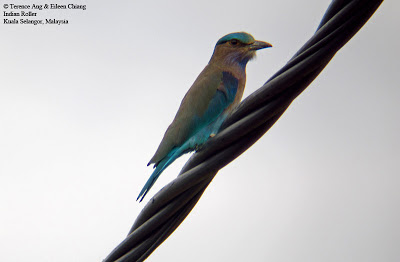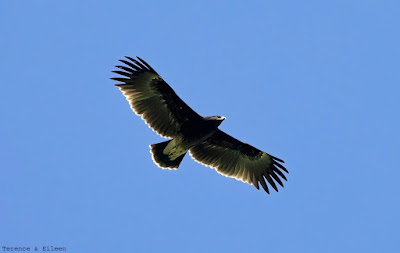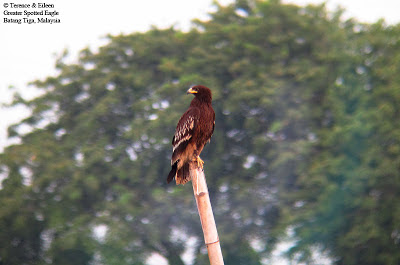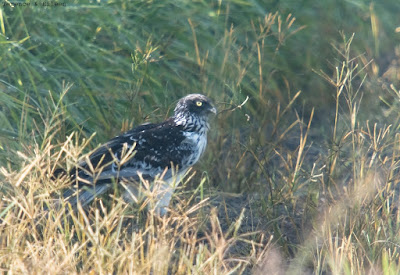A start to raptor watching - raptor identification
It is the time of the year again for migratory raptor hunting. So many question recently sent to me. I decided to assist those our there with some reference I have such as below from the well known Salim Ali reference. Below is a way to get to the family of the raptor you sighted. More will come on how to identified each and also how to separate different subspecies.
Order FALCONIFORMES
Family ACCIPITRIDAE, Hawk, Vulture, etc
Key to the Genera
A Head and neck bare | 1 |
B Head and neck feathered | 2 |
1 Bill slender | a |
Bill stout | b |
a. Nostril elongated and horizontal | Neophron |
b. Nostril a narrow vertical slit | Gyps |
Nostril round or oval | I |
I. No wattle on neck | Aegypius |
Fleshy wattle on either side of neck | Sarcogyps |
2. Bill lengthened and vulturine in shape; claw blunt ; a tuft of long bristles on the chin | Gypaetus |
Bill short and aquiline in shape ; claw sharp and generally greatly curved ; no tuft on chin | c |
c. Tarsus completely feathered in front and behind | II |
Tarsus naked or partially feathered | III |
II. Claws but little curved, inner longer then hind | Ictinaetus |
Claws much curved, hind claw longer than inner | a1 |
a1. Primaries exceeding secondaries by less than length of tarsus | Spizaetus |
Primaries exceeding secondaries by more than length of tarsus. Occipital crest lacking, rudimentary or develope | b1 |
b1. Inner toe (Without claw) longer than culmen with cere | Hieraaetus |
Inner toes (without claw) about same length as or shorter than culmen (without cere) | Aquila |
III. Both side of upper mandible with two sharply pointel conical “teeth” | Aviceda |
Upper mandible without “teeth” | a2 |
a2. Lores feathered | Pernis |
Lores unfeathered | b2 |
b2. Tarsus long, two or more times length of bill from tip to gape | c2 |
Tarsus short, less than two times length of bill from tip to gape | c3 |
c2. Feathers across throat and up to each side of neck forming conspicuous fuff | Circus |
Ruff not present | d |
d. Nuchal crest absent or pointed | Accipiter |
Nuchal crest broad covering whole nape | Spilornis |
c3. Front of tarsus covered with large overlapping hexagonal scales | Butastur |
Front of tarsus covered with vermiculated or small hexagonal scales | d1 |
Front of tarsus scutellate | d2 |
d1. Size small (length c. 33cm = 13 in) second primary longest | Elanus |
Size larger (length c. 56-68 cm = 22-27 in); third or fourth primary longest | e |
e. Claws grooved beneath | Cricaetus |
Claw not grooved beneath | Pandion |
d2. Tail forked | Milvus |
Tail not forked | e1 |
e1. Tarsus scutellated behind | f |
Tarsus with large reticulated or hexagonal scales behind | f1 |
f. Primaries deeply notched | Buteo |
Primary not deeply nothced | Icthyophaga |
f1. Third primary longest | Haliaeetus |
Fourth Primary longest | Haliastus |
Source:
Salim Ali & S. Dillon Ripley, 1981, Handbook of the Birds of India and Pakistan Vol 1 Divers to Hawks,Oxford University Press , London









Comments
Post a Comment